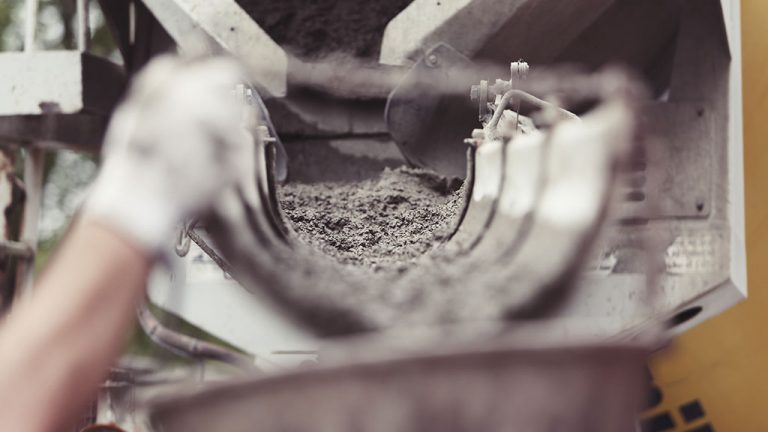The cement/concrete industry has been an environmental bad boy for the last couple of decades.
The reason is simple: The industry is responsible for creating up to five per cent of worldwide man-made emissions of carbon dioxide (CO2), of which about half is from the chemical process of making concrete and the rest is from burning fuel. The CO2 produced for the manufacture of one tonne of structural concrete (using about 14 per cent cement) is estimated at 410 kg/m3.
Emissions of CO2 from concrete production is directly proportional to the cement content used in the concrete mix.
For every tonne of cement manufactured, 900 kg of CO2 are emitted, which accounts for 88 per cent of the emissions that go with the average concrete mix.
We’ve all seen these figures before. But since people began to get serious about emissions of greenhouse gases, and CO2 in particular, there has been a growing interest — in both the academic and industrial sectors — in reducing carbon emissions.
As far as I know, no one has seriously questioned the figures I’ve mentioned, or the need to do something about all that carbon that’s being spewed into the atmosphere by the cement/concrete industry.
Until now.
There is a new study from the University of East Anglia (UEA) in England showing that cement structures are a substantial but overlooked absorber of carbon emissions, offsetting some of those emitted during cement production itself.
The research was commissioned by the China Emission Accounts and Datasets group. It was carried out by an international team of researchers led by Dabo Guan of UEA. It found that the natural carbonation process of cement materials represents a large and growing CO2 sink.
The researchers focused on four cement materials — concrete, mortar, construction cement waste and cement kiln dust — in China, the United States, Europe and the rest of the world.
The study was published recently in the journal Nature Geoscience.
Guidelines published by the Intergovernmental Panel on Climate Change provide methods for quantifying CO2 emissions during the production of cement. But they do not consider carbon absorbed through cement carbonation.
Carbonation is a slow process that occurs throughout the lifecycle of cement-based materials. As they weather, CO2 spreads into the pores and triggers a chemical reaction, starting at the surface and gradually moving inwards.
The researchers used new data from field surveys in China. They also used data and studies on cement material during its service life, demolition and secondary use of concrete waste. Using all those data, they were able to model the regional and global atmospheric CO2 uptake between 1930 and 2013.
In the paper describing their work, they say that they found that "carbonation of cement materials over their lifecycle represents a large and growing net sink of CO2," adding that they estimate "a cumulative amount of 4.5 gigatonnes of carbon has been sequestered in carbonating cement materials from 1930 to 2013."
This, they write, offsets "43 per cent of the CO2 emissions from production over the same period, not including emissions associated with fossil (fuel) use during cement production."
The researchers say that the potential for removal of CO2 from the atmosphere by the weathering of cement materials "has only recently been recognized."
They say that "existing cement stocks worldwide sequester approximately one billion tonnes of atmospheric CO2 each year."
And they offer a tantalizing glimpse of what future research might yield:
"If carbon capture and storage technology were applied to cement process emissions, the produced cements might represent a source of negative CO2 emissions," they state.
This is an important study and some readers might wish to read the complete report. You can find it at http://bit.ly/2fKZnJX
That will take you to the Springer Nature website. If you have a subscription, you can download the paper free. Otherwise it will cost you US$32.
Korky Koroluk is an Ottawa-based freelance writer. Send comments to editor@dailycommercialnews.com.






Recent Comments
comments for this post are closed